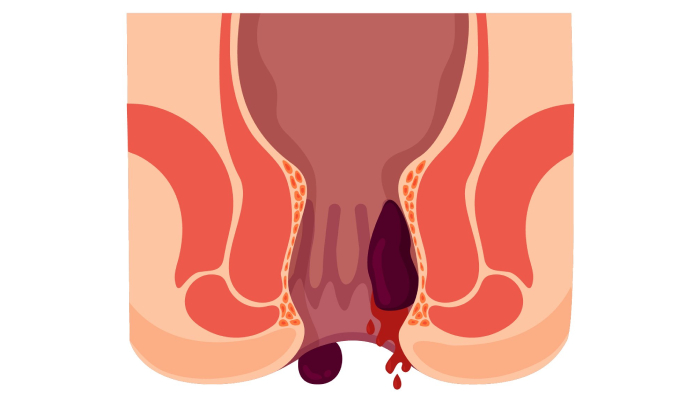What Is An Anal Fistula?
An anal fistula is a small, abnormal tunnel that forms between an infected anal gland (abscess) and an opening on the skin near the anus. This condition often results from an untreated anal abscess, leading to pain, swelling, pus discharge, and discomfort during bowel movements. If left untreated, it can cause recurrent infections and complications.
If you’re experiencing persistent anal pain, swelling, or pus discharge, consult Dr. Ujwal Zambare, renowned Gastroenterologist & Colorectal Surgeon in Wakad, Pune, for expert diagnosis and advanced treatment of anal fistulas.

What Causes an Anal Fistula?
The leading causes of an anal fistula are clogged anal glands and anal abscesses. Other, much less common, conditions that can cause an anal fistula include:
- Crohn’s disease (an inflammatory disease of the intestine)
- Radiation (treatment for cancer)
- Trauma
- Sexually transmitted diseases
- Tuberculosis
- Diverticulitis (a disease in which small pouches form in the large intestine and become inflamed)
- Cancer
What are the Symptoms of an Anal Fistula?
- Frequent anal abscesses
- Pain and swelling around the anus
- Bloody or foul-smelling drainage (pus) from an opening around the anus. The pain may decrease after the fistula drains.
- Irritation of the skin around the anus from drainage
- Pain with bowel movements
- Bleeding
- Fever, chills and a general feeling of fatigue
What Are the Treatments For an Anal Fistula?
Surgery is almost always necessary to cure an anal fistula. The surgery is performed by a colon and rectal surgeon. The goal of the surgery is a balance between getting rid of the fistula while protecting the anal sphincter muscles, which could cause incontinence if damaged. Fistulas in which there is no or little sphincter muscle involved are treated with a fistulotomy. In this procedure, the skin and muscle over the tunnel are cut open to convert it from a tunnel to an open groove. This allows the fistula tract to heal from the bottom up.
In the case of a more complex fistula, the surgeon may have to place a special drain called a seton, which remains in place for at least 6 weeks. After a seton is placed, a second operation is almost always performed:
- A fistulotomy, or
- An advancement flap procedure (the fistula is covered with a flap, or piece of tissue, taken from the rectum, like a trap door), or
- A lift procedure (the skin above the fistula is opened up, the sphincter muscles are spread, and the fistula is tied off).
How is an Anal Fistula Diagnosed?
Your doctor can usually diagnose an anal fistula by examining the area around the anus. He or she will look for an opening (the fistula tract) on the skin. The doctor will then try to determine how deep the tract is, and the direction in which it is going. In many cases, there will be drainage from the external opening. Some fistulas may not be visible on the skin’s surface. In this case, your physician may need to perform additional tests:
- An anoscopy is a procedure in which a special instrument is used to see inside your anus and rectum.
- Your physician may also order an ultrasound or MRI of the anal area to get a better view of the fistula tract.
- Sometimes your surgeon will need to examine you in the operating room (called exam under anesthesia) to diagnose the fistula.
When to Consult a Doctor?
If you have persistent anal pain, swelling, pus discharge, or recurring abscesses, it is essential to seek medical attention. An untreated anal fistula can lead to severe infections and complications. Get expert care from Dr. Ujwal Zambare Colorectal Surgeon and Anal Fistula Specialist at True Life Clinic & Wellness Center, Wakad for accurate diagnosis and effective treatment of anal fistulas.
